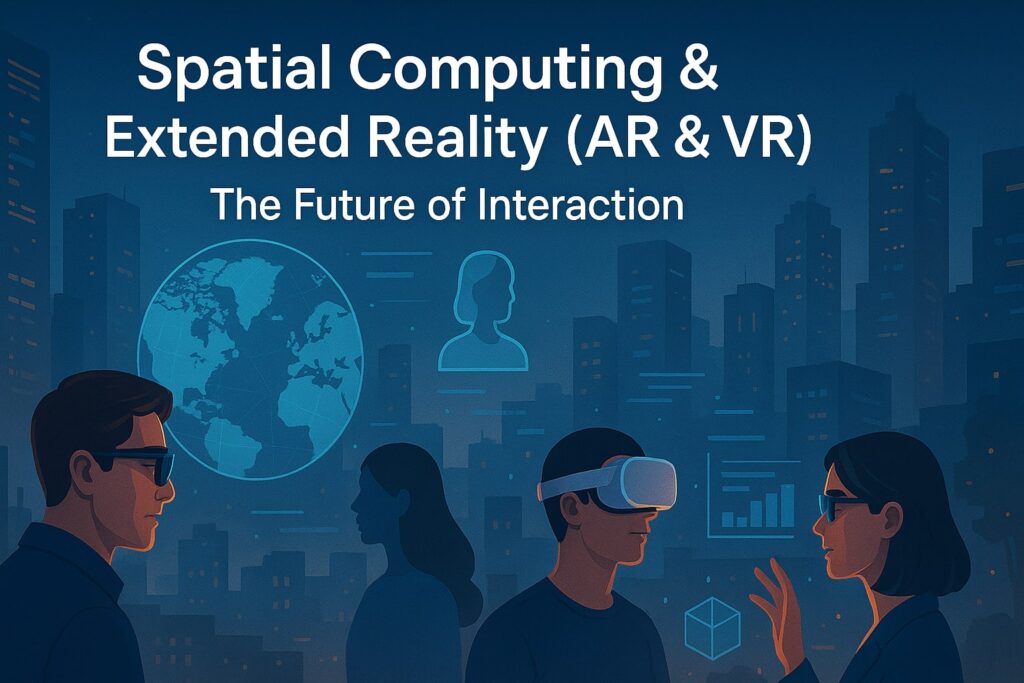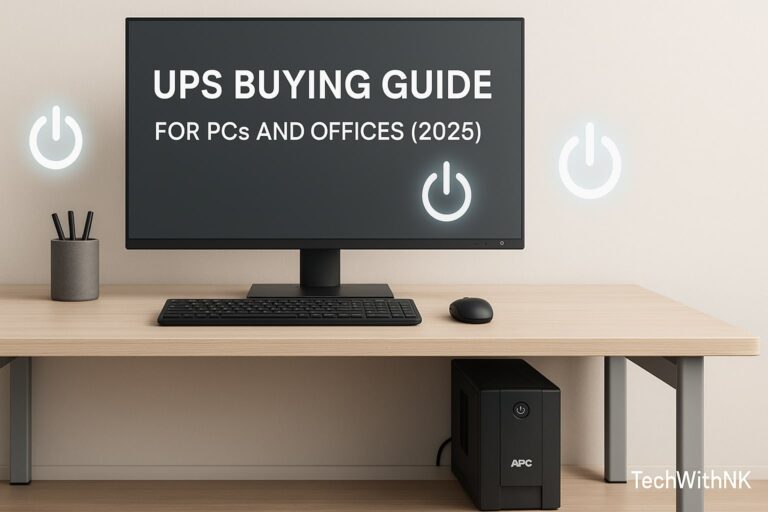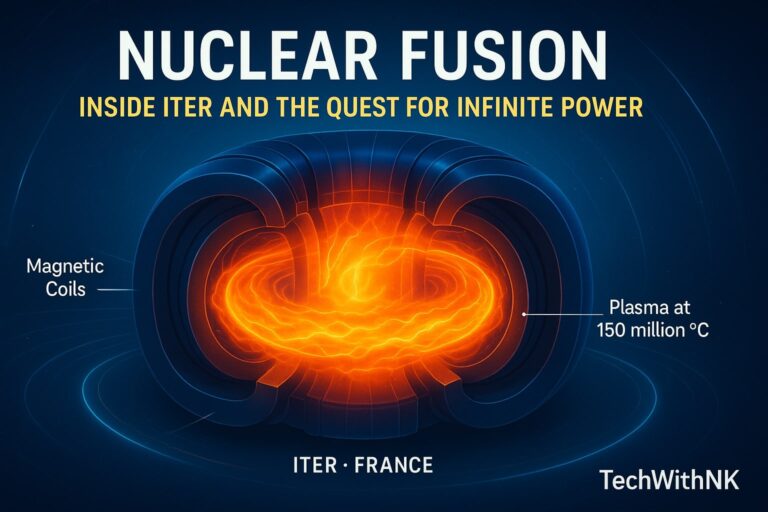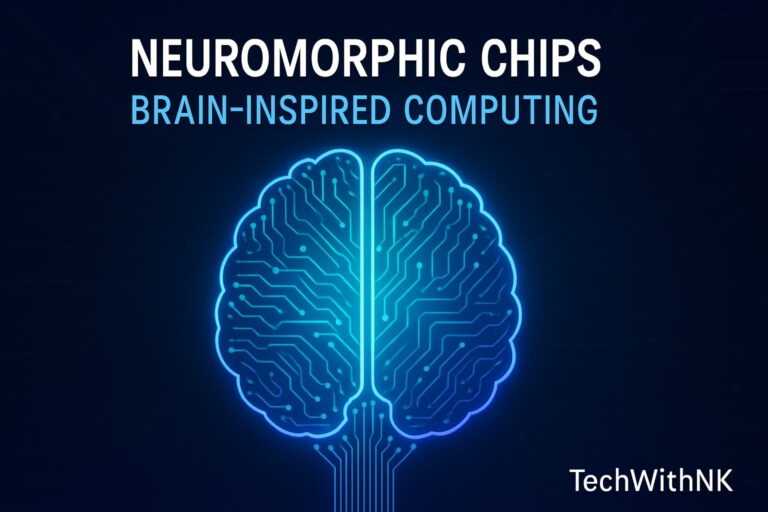Introduction: Why Spatial Computing Matters
The way humans interact with machines has gone through revolutions. From punch cards to keyboards, from mouse & GUI to touchscreens, and now to voice assistants and wearables—each leap brought us closer to more natural interactions.
Now, we are entering a new era: Spatial Computing.
Unlike traditional computing confined to flat screens, spatial computing integrates digital objects into the physical world. It allows you to manipulate 3D environments, collaborate with holograms, and blur the line between reality and simulation.
This revolution is powered by Extended Reality (XR)—the collective term for Augmented Reality (AR), Virtual Reality (VR), and Mixed Reality (MR). Together, they redefine how we see, touch, learn, and experience technology.
Imagine walking into a classroom where instead of flat textbooks, holographic planets orbit around you, or stepping into a factory where engineers use AR glasses to repair machines guided by real-time digital twins.
That’s spatial computing in action.
The Evolution of Human-Computer Interaction
To understand spatial computing, let’s trace the evolution of interfaces:
1940s–1960s: Early Computers → Interaction was limited to punch cards and command lines.
1970s–1980s: GUI Revolution → The mouse, windows, and icons introduced intuitive navigation.
1990s–2000s: Mobile & Internet Era → Touchscreens, smartphones, and the rise of the web brought computing to our pockets.
2010s: Voice & Wearables → Alexa, Siri, smartwatches, and gesture-based systems reshaped accessibility.
2020s: Spatial Computing & XR → The next leap replaces 2D screens with immersive 3D worlds.
Instead of staring at monitors, humans will live inside digital environments, working, playing, and socializing in spaces that feel as real as the physical world.
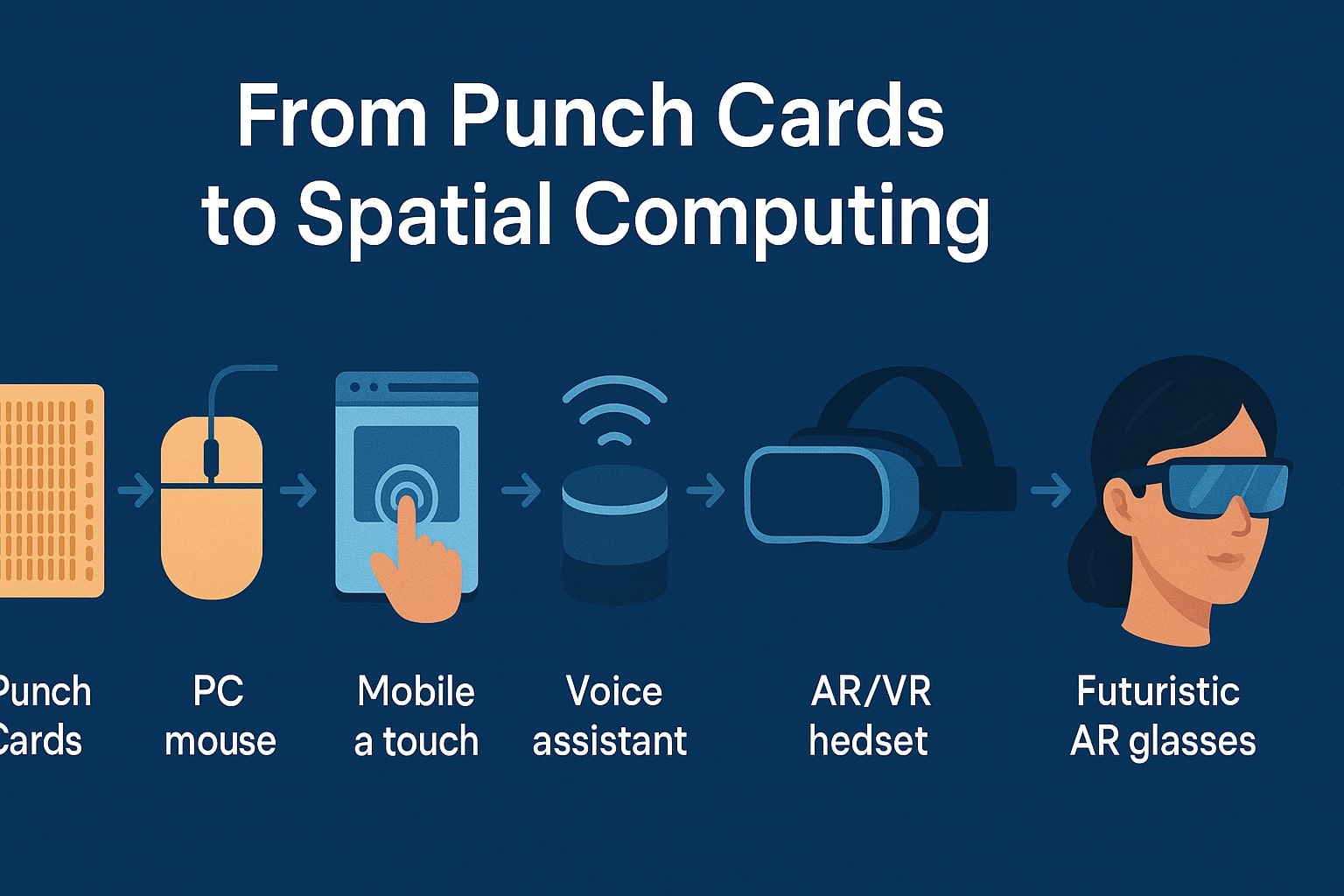
What is Spatial Computing?
Spatial Computing is the practice of using digital technology to interact with the physical world in three dimensions.
It combines:
Hardware (AR/VR headsets, smart glasses, sensors, haptic devices)
Software (AI, machine learning, XR platforms, 3D engines)
Connectivity (5G, edge computing, cloud XR)
Core features:
Spatial Mapping → Understanding physical surroundings using sensors.
Immersive Interaction → Touch, gesture, and eye tracking.
Digital Twins → Virtual replicas of real-world environments.
Context Awareness → Adapting to user’s location and behavior.
In simple terms, spatial computing makes computers aware of the space they exist in and allows them to interact with people and objects naturally.
Extended Reality (XR): Understanding AR, VR, MR
1 Augmented Reality (AR)
Overlays digital content on top of the real world.
Examples: Snapchat filters, Google AR navigation, IKEA AR furniture preview.
2 Virtual Reality (VR)
Fully immerses the user in a digital environment.
Examples: Meta Quest gaming, VR meetings, training simulators.
3 Mixed Reality (MR)
Blends real and virtual worlds interactively.
Example: Microsoft HoloLens showing holograms you can manipulate.
👉 Together, these technologies form the foundation of spatial computing.
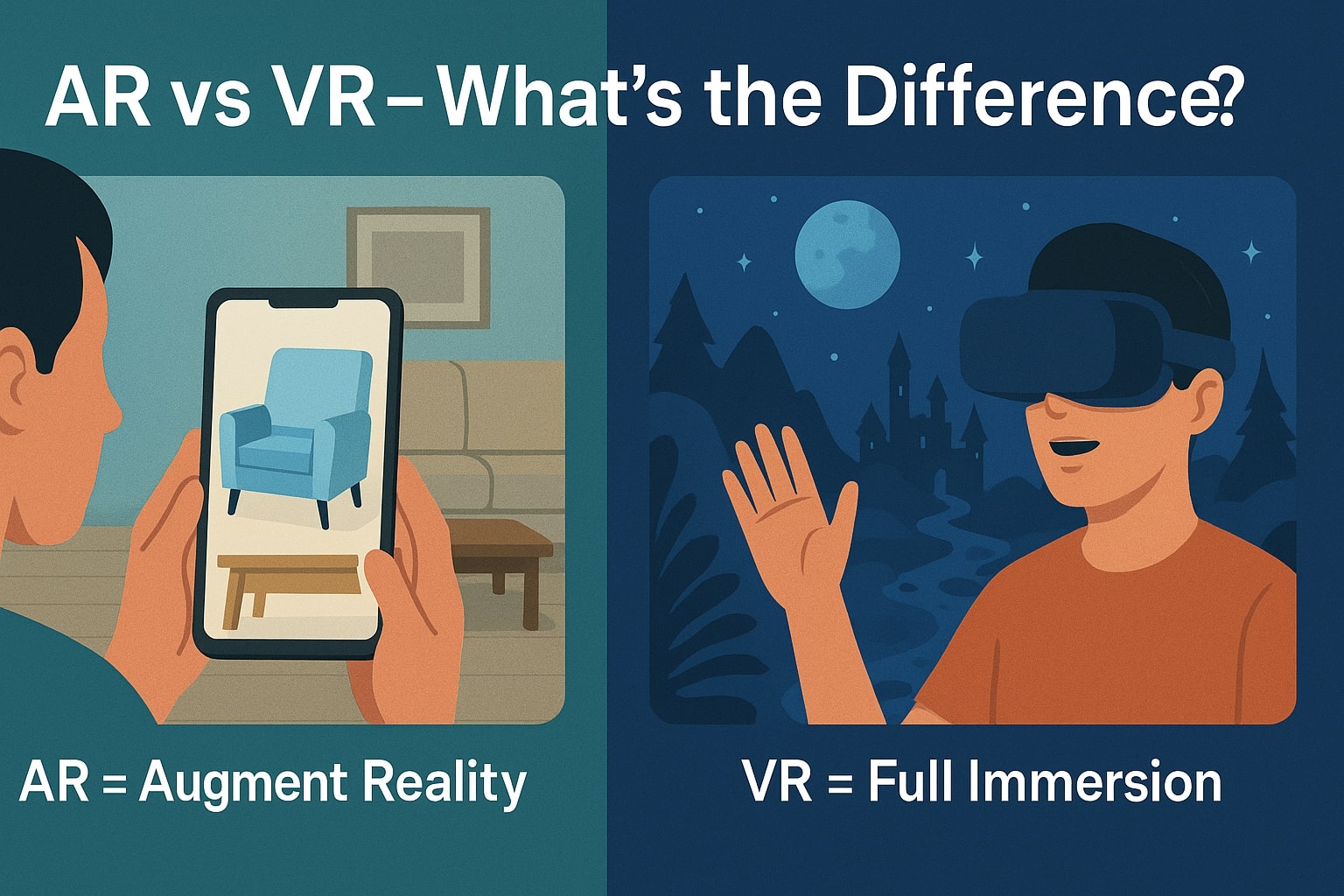
Core Technologies Behind XR & Spatial Computing
1 Sensors & Cameras
LiDAR, depth sensors, motion tracking.
2 Eye & Hand Tracking
Natural interactions without controllers.
3 Haptic Feedback
Gloves & suits simulating touch in virtual worlds.
4 Artificial Intelligence
Object recognition, predictive interactions, adaptive XR content.
5 Cloud & Edge Computing
Offloading heavy rendering to cloud servers.
6 5G & Low Latency Networks
Ultra-fast connections enabling smooth immersive experiences.
Devices and Platforms: XR Headsets in 2025
Some leading devices shaping XR today:
Meta Quest 3 & Pro → Affordable VR & MR for consumers.
Microsoft HoloLens 2 → Enterprise-focused mixed reality.
HTC Vive XR Elite → Premium VR for gaming & enterprise.
Magic Leap 2 → Industrial-grade AR headset.
These platforms are also supported by Unity & Unreal Engine, creating immersive applications.
Applications Across Industries
1 Healthcare
Virtual surgery simulations.
Remote patient consultation.
Pain management through VR distraction.
2 Education
AR classrooms with interactive 3D models.
Virtual field trips.
Personalized learning experiences.
3 Manufacturing & Industry 4.0
Digital twins for machinery.
AR-guided assembly & maintenance.
Worker safety training.
4 Retail & E-Commerce
Virtual try-ons for fashion.
AR furniture previews (IKEA, Amazon).
Interactive shopping experiences.
5 Entertainment & Media
VR gaming.
Virtual concerts & cinemas.
Immersive storytelling.
6 Real Estate & Tourism
Virtual property tours.
XR travel experiences.
7 Automotive
AR dashboards & navigation.
VR car design simulations.
8 Military & Defense
Battlefield training in VR.
AR maps for real-time combat data.
9 Workplace Collaboration
Virtual offices & remote meetings.
Digital whiteboards & holographic presentations.
The Role of Cloud, 5G, and AI in Spatial Computing
Cloud XR → Allows rendering of heavy XR apps remotely.
5G → Ultra-low latency makes wireless XR possible.
AI → Enhances spatial recognition, personalization, and predictive assistance.
Together, they create a seamless immersive ecosystem.
Spatial Computing & The Metaverse
Spatial computing is the foundation of the metaverse.
XR = Access technology.
Blockchain/Web3 = Ownership.
Digital Twins = Real-world mapping.
AI = Intelligent interactions.
The metaverse is essentially the application layer of spatial computing.
Challenges and Limitations of XR
High device costs.
Motion sickness & ergonomics.
Bandwidth demands.
Lack of universal content.
Privacy & security risks (spatial data leaks).
The Future of XR: 2030 and Beyond
Predictions:
Lightweight, affordable XR glasses replacing smartphones.
Neural interfaces (Elon Musk’s Neuralink-like devices).
Persistent AR cloud mapping the entire world.
Fully immersive workplaces & entertainment ecosystems.
Ethical & Social Implications
Over-reliance on virtual environments.
Mental health & digital addiction.
Bias in AI-driven XR.
Privacy issues with constant environment scanning
Impact on Human Lifestyle and Society
Work → Virtual offices, global collaboration.
Education → Equal learning opportunities across the globe.
Healthcare → Faster, more accurate treatments.
Entertainment → Personalized experiences.
Social Life → Virtual communities & relationships.
Case Studies: Real-World XR Projects
IKEA Place App → AR furniture placement.
Walmart VR Training → Employee training in simulated environments.
Mayo Clinic → Using VR for surgical practice.
BMW → Virtual car design with XR.
Conclusion: Why XR is the Next Big Leap
Spatial computing and XR are not science fiction—they’re the new computing paradigm. From classrooms to hospitals, shopping malls to battlefields, XR is revolutionizing every sector.
Just like smartphones transformed society in 15 years, spatial computing will redefine human interaction by 2035.
The next question is not “Will XR change the world?”, but “How soon will you adapt?”
What is spatial computing in simple words?
It is the use of technology to interact with the physical world in 3D, blending digital and real environments.
Is AR or VR more useful?
Both have unique use cases—AR for real-world enhancement, VR for full immersion.
Will XR replace smartphones?
By 2030, lightweight AR glasses may become as common as smartphones.
